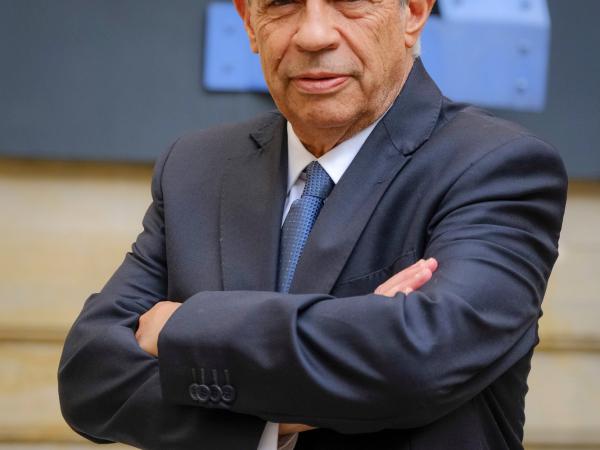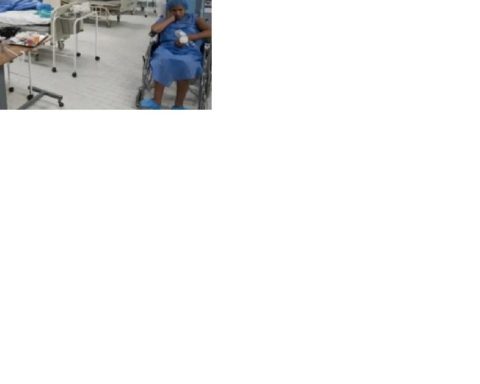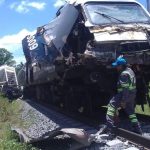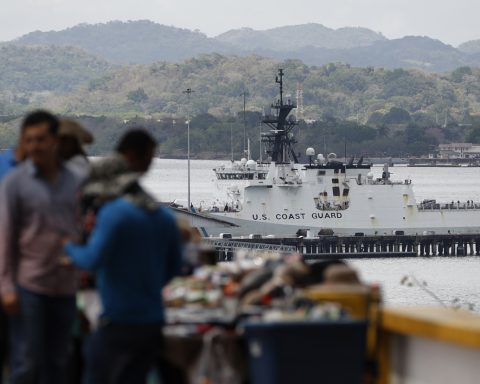The National Planning Department (DNP), led by Jorge Iván González, has been making progress in the construction of the roadmap for the next four years, the National Development Plan (PND), through a series of binding dialogues. Among the The government’s goals with this plan are to reduce inequality, but according to the official, several changes to the country’s subsidy model are still needed to do so.
(Regions and victims, the agenda of the National Development Plan).
How are the dialogues for the Development Plan going?
I am optimistic for three reasons. The participation has been very good; people are posing structural problems for national development; and I think that for the DNP team and technicians it has been a very interesting experience to be able to be with people and listen to them. This is logistically difficult, but the balance is positive.
What are the implications of the ‘binding’ nature of these dialogues?
We are telling the community ‘everything you are raising we are going to seriously consider’. We have already started the systematization of the dialogues, and we are really giving priority to the aspects that they mention.
That is our responsibility, and in that sense the process is binding. Congress has the final decision and has to turn these community initiatives into proposals and articulated. And the unions are participating too.
Prior to your role in the DNP, you spoke of the fact that many development plans ‘looked like a patchwork quilt’. What will it do differently?
It is my challenge, and that of the Planning team. I would like to articulate a consistent discourse around three themes: land use planning, energy transformation and the reduction of inequalities. If instead of having a lot of scattered programs we could build a story as the dialogues progress, it would be ideal. Being able to build strategic policies, that if they come, not everything will be achieved in this government, we can plant the foundations of a process that will mature in the long term.
(The Government already has the new director of the DNP in the folder).
When could we have the development plan?
We are just over a month away from delivering the bases to the National Planning Council for this story, which we must have ready on November 15. The National Planning Council discusses and on February 7 it is presented to Congress.
What goals has the DNP set for reducing inequalities?
The first measure is the tax reform, with which we hope the Gini will move 2 or 3 points. We haven’t had a tax system for a long time that has a clear objective of improving equity. We are making progress in improving targeting programs. But the ideal is that the redistributive issue is resolved from the labor policy, and then that the State compensates.
The President has spoken of a universal basic income, would this imply unifying transfers?
The ideal would be a universal declaration of income that allows all subsidies to be unified. That everyone declare income in the country. People with higher incomes pay taxes and people with lower incomes receive subsidies.
We need people to understand that this declaration does not necessarily imply taxes, but also to determine subsidies. In this way we unify the subsidies that are widely dispersed, and we see how far we can reduce what we call errors of inclusion and exclusion, in such a way that the money effectively reaches those who need it and those who actually receive higher incomes pay taxes.
(Collection from the municipalities would rise with the new multipurpose cadastre).
This week the 2023 General Budget will be debated in plenary sessions, how do you see it?
The 2023 budget was proposed trying to adapt it to the priorities of the current government. There is already a very important change in the structure around the agricultural and educational sectors. This budget had been articulated by the previous government, so changing it has been a huge exercise in which all the ministries have participated.
The President has said that he wants to return the role of planning to Planning, how will he do that?
We are already doing it. For example, with the governors. The second, with a Development Plan that effectively involves fundamental structural changes. And with the Planning technical team we have to think about long-term projects, so that Planning discusses with the ministries, with the unions and the communities what the priorities of national development should be. We all know what planning is, but an institutional apparatus with character is needed. If we want to transform things we have to think differently, it is a huge task, but it is already being done.
Changes to royalties?
‘We have a dispersion with the resources of royalties, it is enough to look at the number of projects and it makes one laugh or sad. There are many projects that don’t make much sense and should be integrated. What we are saying with the Ministry of Science is that we think of four large national projects, not 640 small projects. This reflection is similar for all areas of royalties, because it is a huge budget, it will be $31 billion in the next two years.
A few days ago we were with all the governors and we need everyone to collaborate, including Congress, to unify criteria’.
Laura Lucia Becerra Elejalde
BRIEFCASE


















